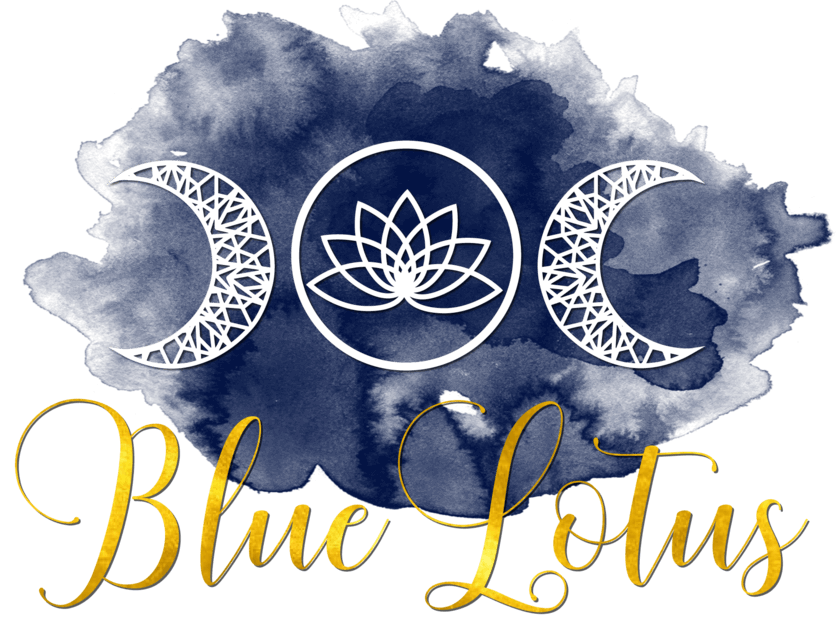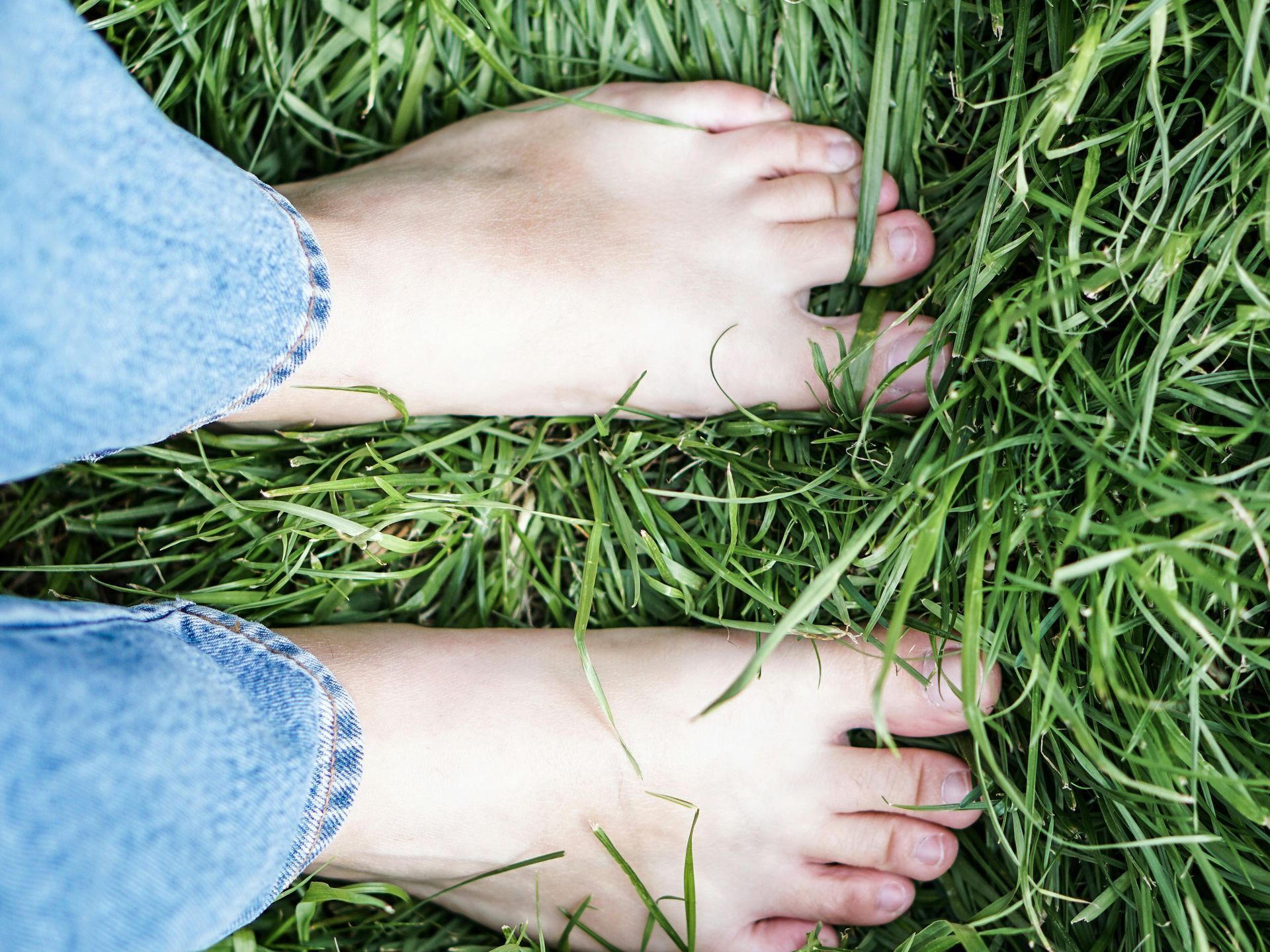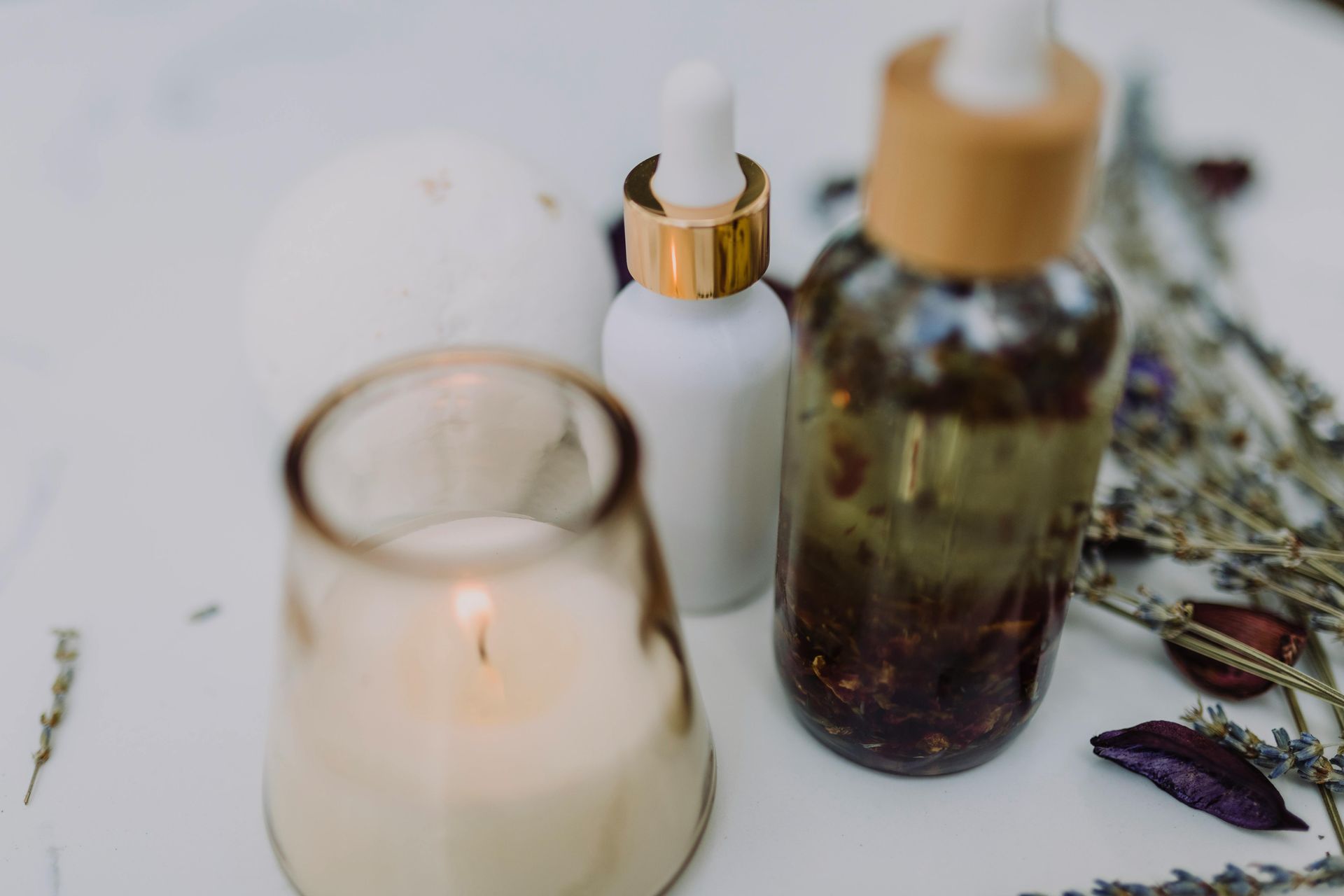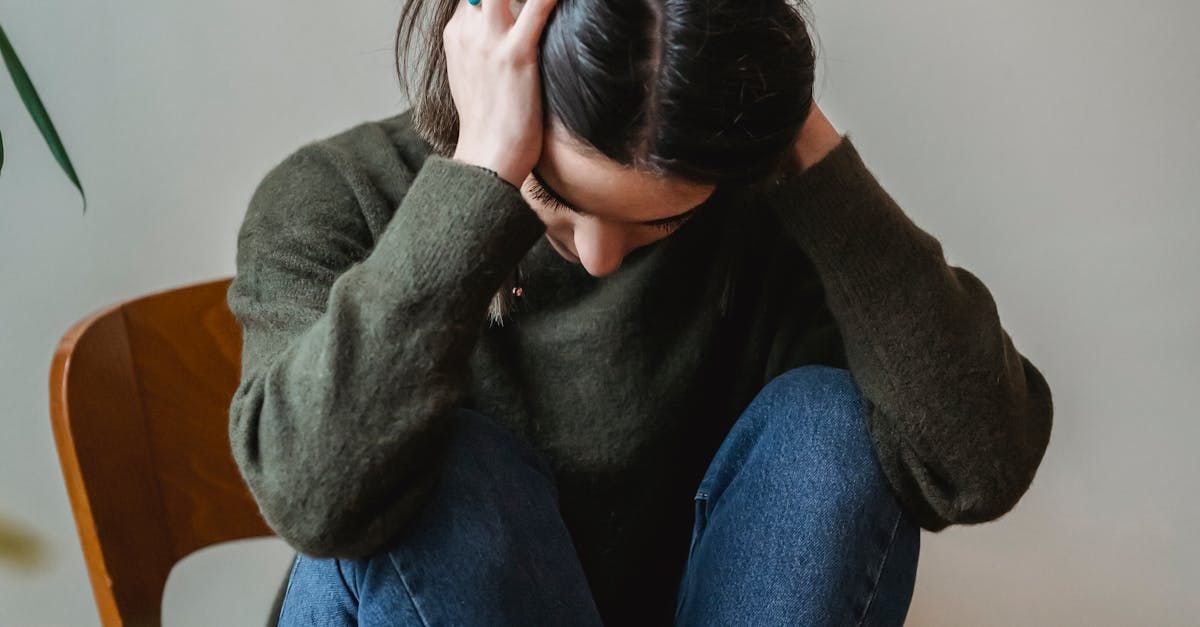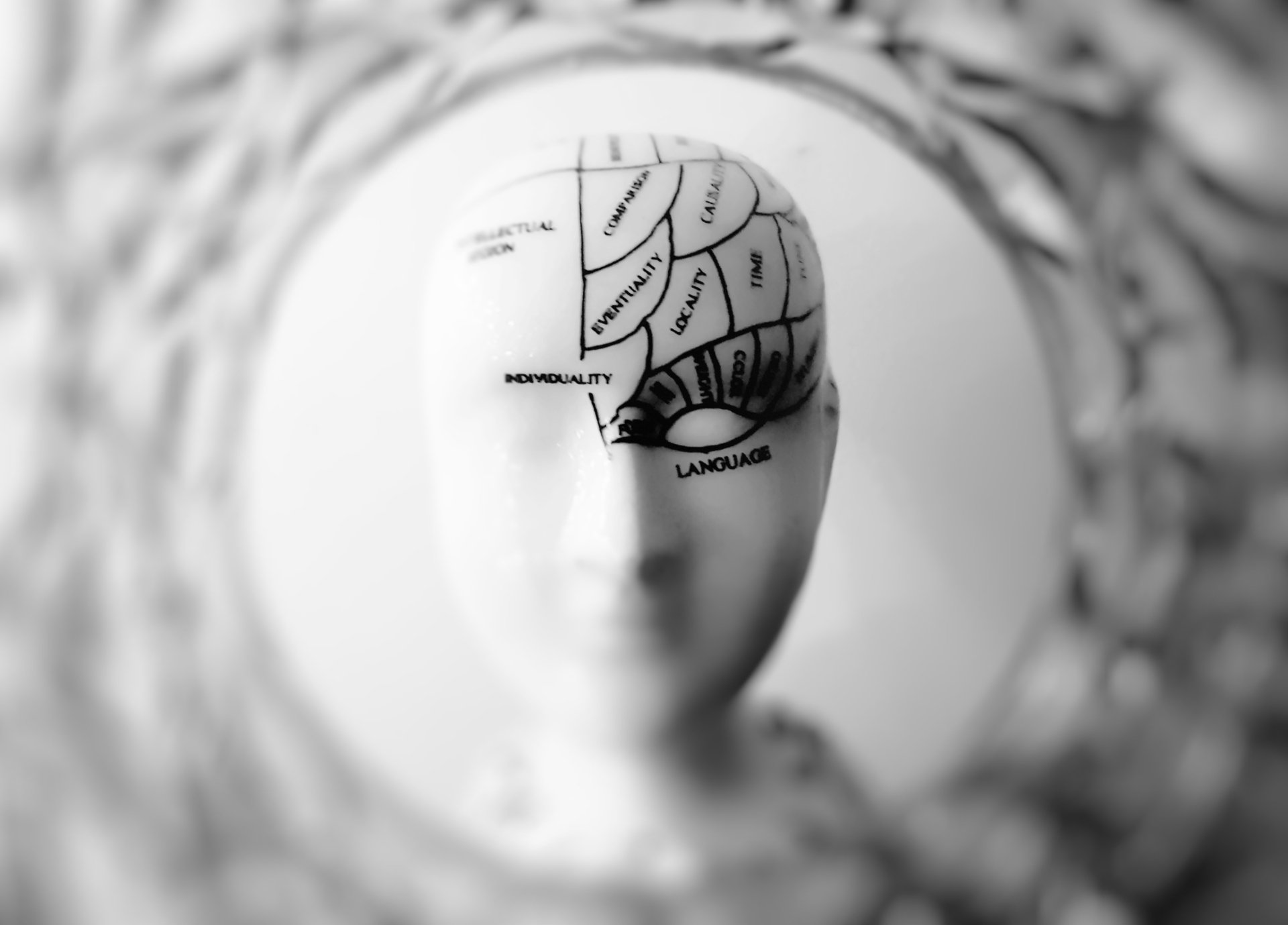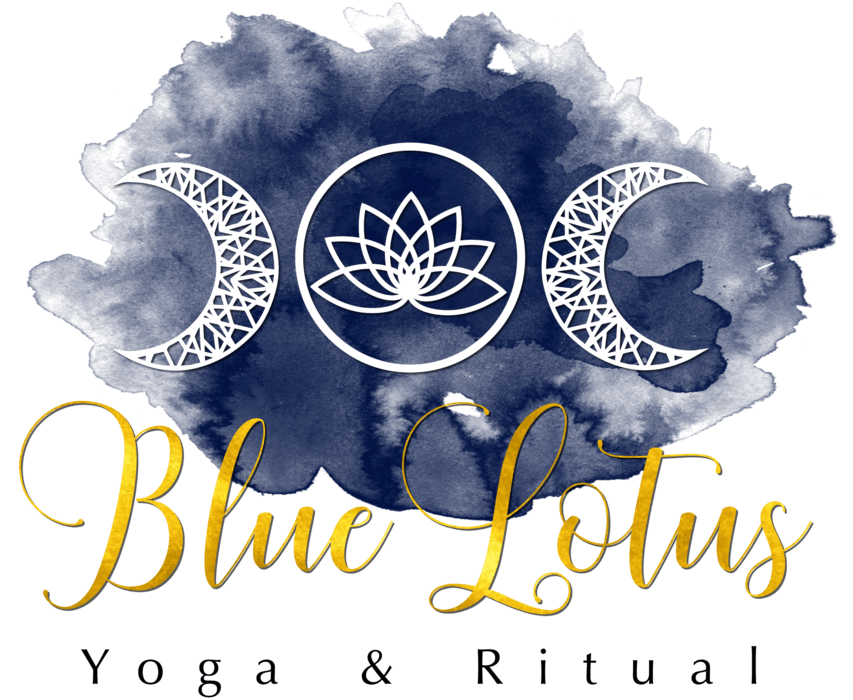Creating Hope with a Private Yoga Class
Multiple Reasons Why A 1:1 Session May Be What You Need!
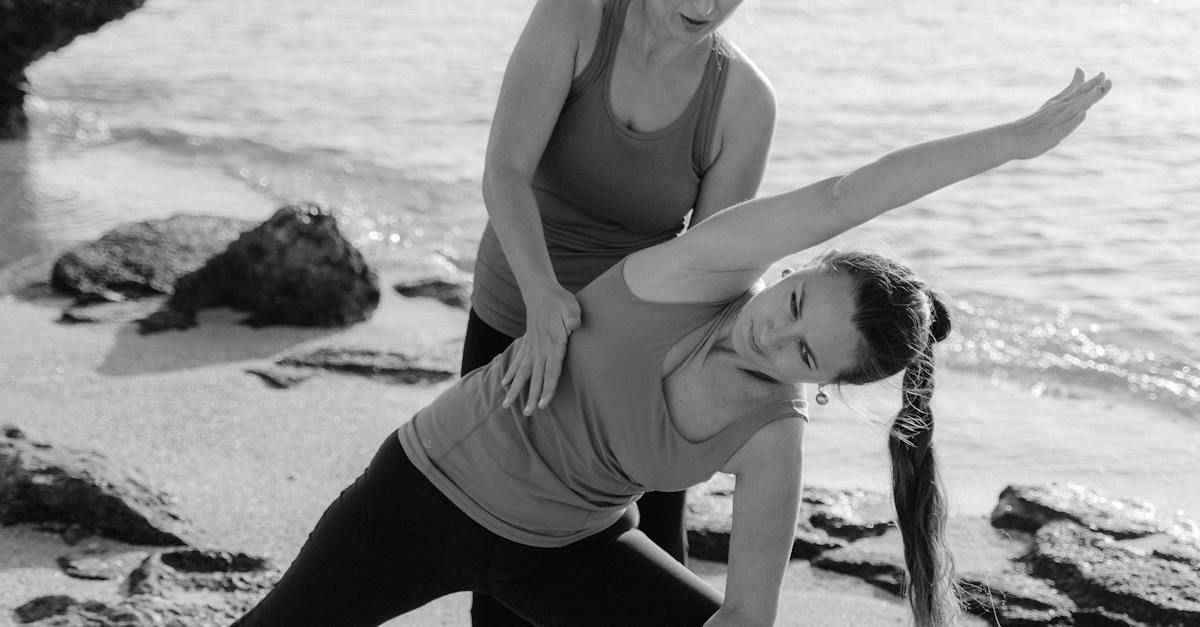
Last week I taught my very first One to One private yoga session since the pandemic!
I know!!!!!!CRAZY!!!!
Pre-pandemic I had a strong client base of yogi's that I taught privately each week but, like a lot of things, this fell by the wayside when the pandemic hit.
There are lots of reasons why people choose a private session, some of which are written below, but particularly when folks are dealing with injury or ailments a 1:1 session can be tremendously useful.
(Did you know I was a practising Yoga Therapist for more than 10 years, so I'm super equipped to adapt a yoga practice to support most health concerns!)
Without divulging my clients private info, they were dealing with a stability and mobility issue that has been ongoing for sometime and causing them pain and loss of movement. Besides the physical debilitation the emotion side effects of not being able to live the life we wish to lead is energetically and emotionally damaging too.
This is where I met my client....totally fed up, frustrated and a little frightened as the medical team are talking about the possibility of yet more surgical intervention
.
After just 1 hour of a bespoke practice with me, my client had a huge reduction in pain, felt more grounded and stable (physically and mentally)
and gave me the biggest compliment... '
YOU HAVE GIVEN ME HOPE'.
WOW!!!!
To have someone who had lost all confidence that they were never going to be able to do the things in their life that they really enjoyed, like hiking and enjoying the great outdoors, and see that joy and hope restored is magical!!
Of course they still need to do the work and practice daily, but this private session has now given them the encouragement and motivation to stick with it.
If they felt this good after just one session, imagine what might happen after a few weeks of daily practice!
Of course, I can't promise miracles, total recovery or complete reversal of issues, but just taking time to take positive action to care for your own wellbeing with a tailored practice just for you can work wonders, both physically and mentally.
Discover how personalised one-on-one yoga sessions may positively impact you:
-
Beginner-Friendly Environment: If you're new to yoga, group classes might seem overwhelming. In private sessions, you won't feel left behind, as the focus is entirely on you. Learning the basics and ensuring proper alignment is crucial to avoid injuries, and I guide you every step of the way, adapting the pace to your comfort.
-
Enhanced Comfort and Focus: Even experienced practitioners can find group classes intimidating. Private sessions provide a more comfortable and less self-conscious environment, allowing your yoga practice to be calm, relaxing, and meditative.
-
Personalized Goals and Needs: Private lessons cater to your specific reasons for practicing yoga, whether it's managing anxiety, addressing a specific health concern, or meeting other personal needs. Instead of navigating through various classes and instructors, private sessions allow you to customise your yoga experience to what you actually need.
-
Anxiety Reduction Without External Stressors: For those practicing yoga to manage anxiety, group environments can sometimes be counterproductive. Private sessions create a more calming atmosphere, eliminating concerns about being watched or keeping up with others.
-
Flexible Practice Locations, Including Work: Private yoga classes aren't limited to studios or homes. I can come to your workplace, providing benefits beyond improved productivity, including enhanced business communications and mood elevation. I am also happy to teach a small group in your work place too!
-
Work Around Your Schedule: Busy schedules often hinder prioritising mental and physical health. Private classes offer flexibility, aligning with your timetable. You can adjust class times based on your availability, avoiding conflicts with work or social commitments.
-
Advance Your Skills with Goal Setting: Private lessons aren't exclusive to beginners; they benefit expereinced yogis as well. If group classes feel unchallenging or lack focus on specific poses, private sessions allow you to set individual goals, break through plateaus, and elevate your practice.
-
Tailored to Your Limitations and Health Concerns: Not everyone has the same physical condition. Private classes accommodate injuries or health concerns, ensuring that poses are safe and suitable for your individual needs. Instructors customize classes to address your unique health considerations.
-
Prepare for Group Classes: Private sessions can serve as a preparation phase for transitioning into group settings. Get to know me as I help you master the basics, setting the stage for a smoother entry into larger, more social classes.

